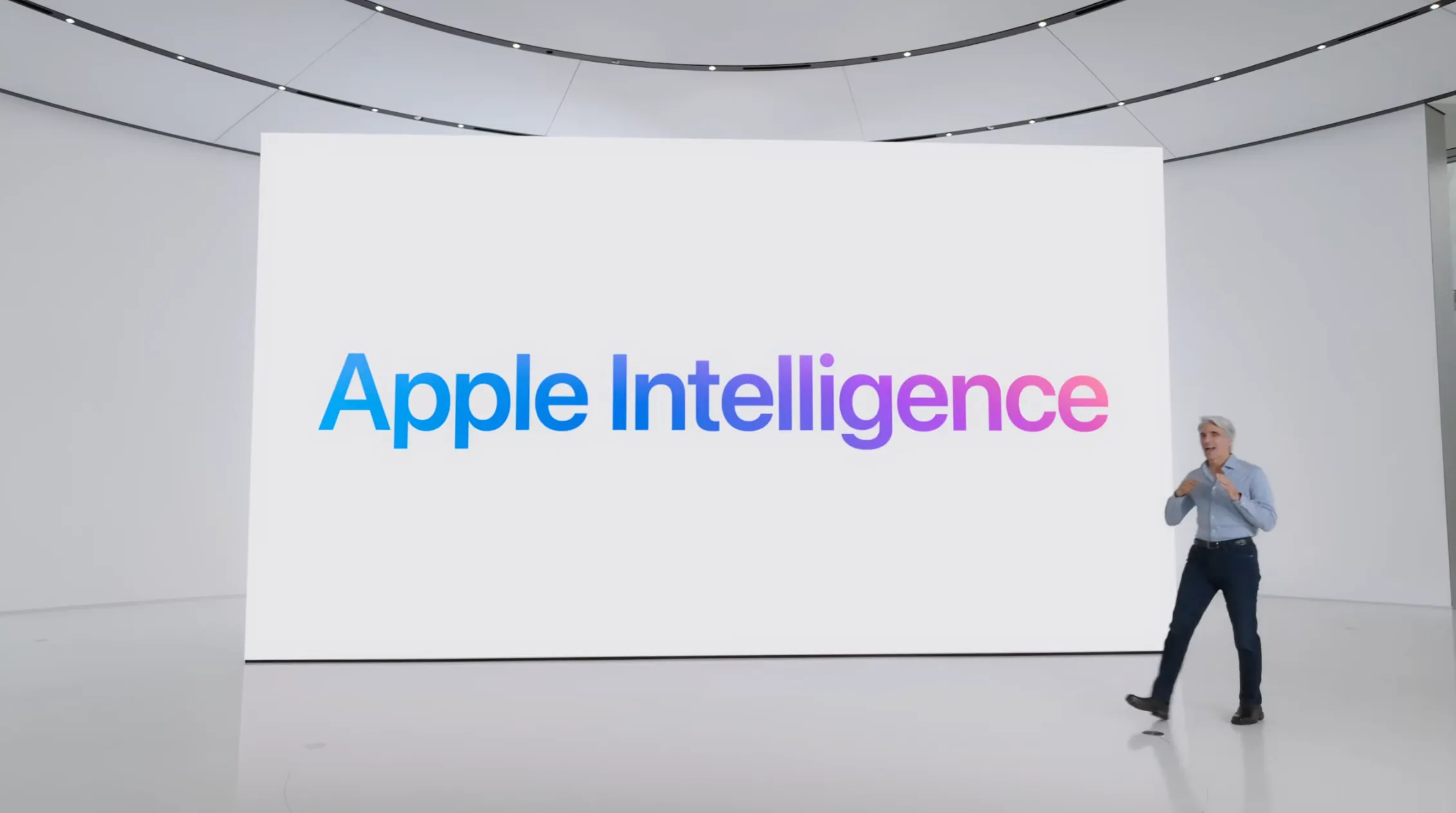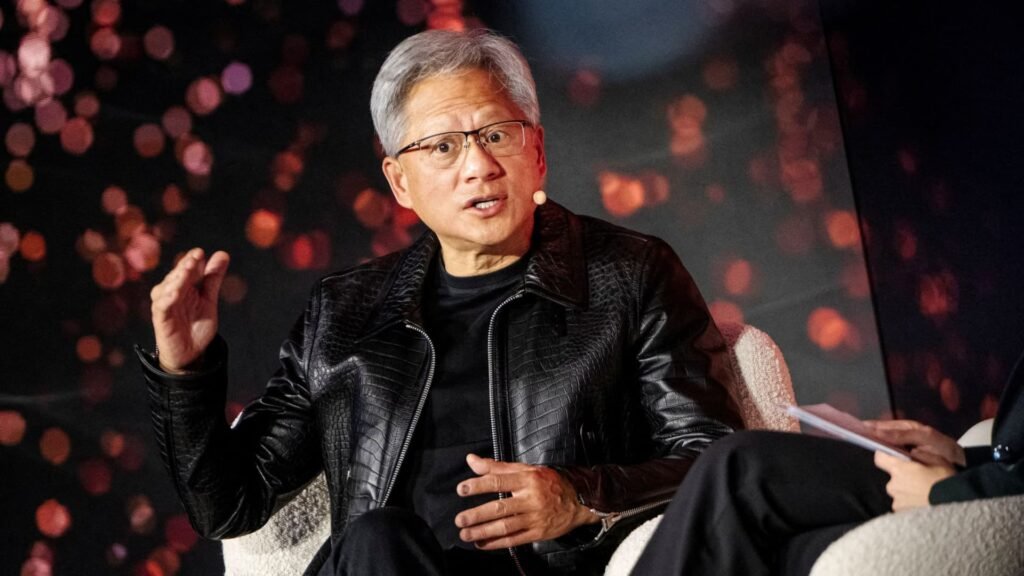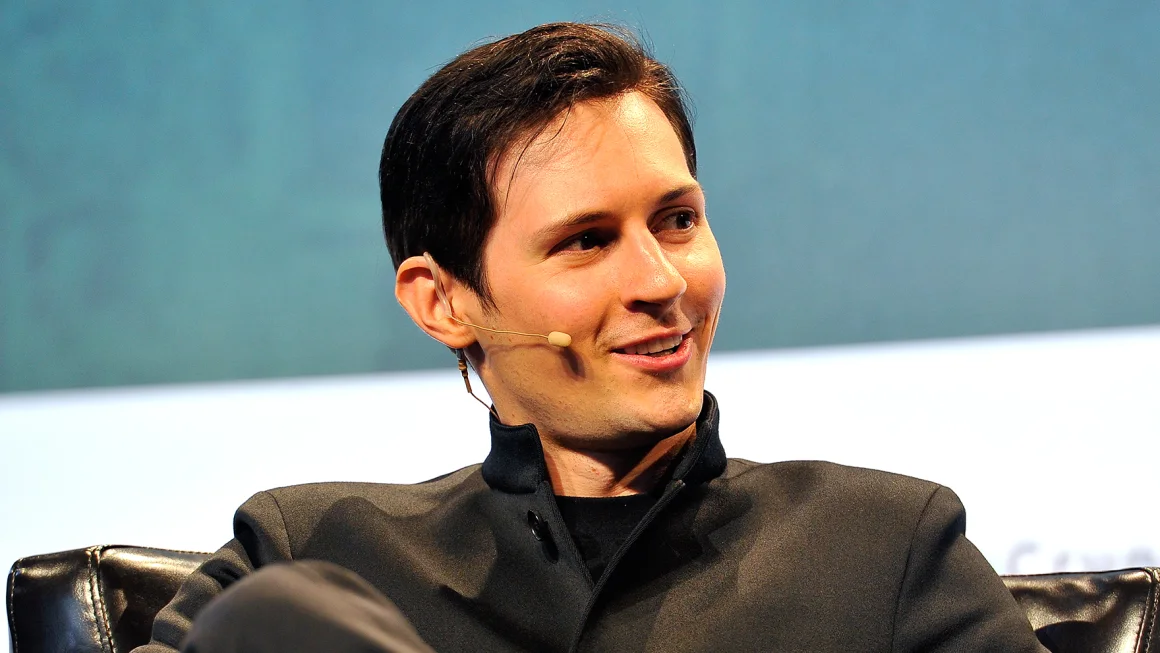Tech
Apple’s Privacy-First AI Strategy: How Apple Intelligence and Enhanced Siri Shape the Future

Entrepreneurs
Nvidia Set to Replace Intel in the Dow Jones Industrial Average: A New Era in Semiconductors
Tech
Top 10 Data Trends to Watch in 2025 for Professionals
Tech
How Technology Can Help Combat the Illegal Trade in Elephant Ivory?
Tech
Tesla Robotaxi Service to Revolutionize Autonomous Ride-Hailing in 2026
Tech
Meet the Versatile Growth Hacker from India: Abhimanyu C Jivraj
Tech
Full Harvest Supermoon Accompanied by Stunning Partial Lunar Eclipse
Tech
Apple’s New AirPods Double as Hearing Aids: Can They Really Save You Thousands?
Tech
SpaceX’s Polaris Dawn Mission Makes History, but the Most Risky Phase is Yet to Come
Tech
From the Balkans to the Stars: The Unbreakable Resilience of Women and Immigrants
Tech
Telegram Founder Pavel Durov Faces Formal Investigation; Bail Set at $5.56 Million
-

 Health3 years ago
Health3 years agoEva Savagiou Finally Breaks Her Silence About Online Bullying On TikTok
-

 Health2 years ago
Health2 years agoTraumatone Returns With A New EP – Hereafter
-

 Health3 years ago
Health3 years agoTop 5 Influencers Accounts To Watch In 2022
-

 Fashion3 years ago
Fashion3 years agoThe Tattoo Heretic: Kirby van Beek’s Idea Of Shadow And Bone
-

 Fashion3 years ago
Fashion3 years agoNatalie Schramboeck – Influencing People Through A Cultural Touch
-

 Health3 years ago
Health3 years agoTop 12 Rising Artists To Watch In 2021
-

 Health3 years ago
Health3 years agoTop 10 Influencers To Follow This 2021
-

 Health3 years ago
Health3 years agoMadison Morton Is Swooning The World Through Her Soul-stirring Music
-

 Health3 years ago
Health3 years agoBrooke Casey Inspiring People Through Her Message With Music
-

 Health3 years ago
Health3 years agoFiery, Electric, And Tenacious. Leah Martin-Brown’s All That













